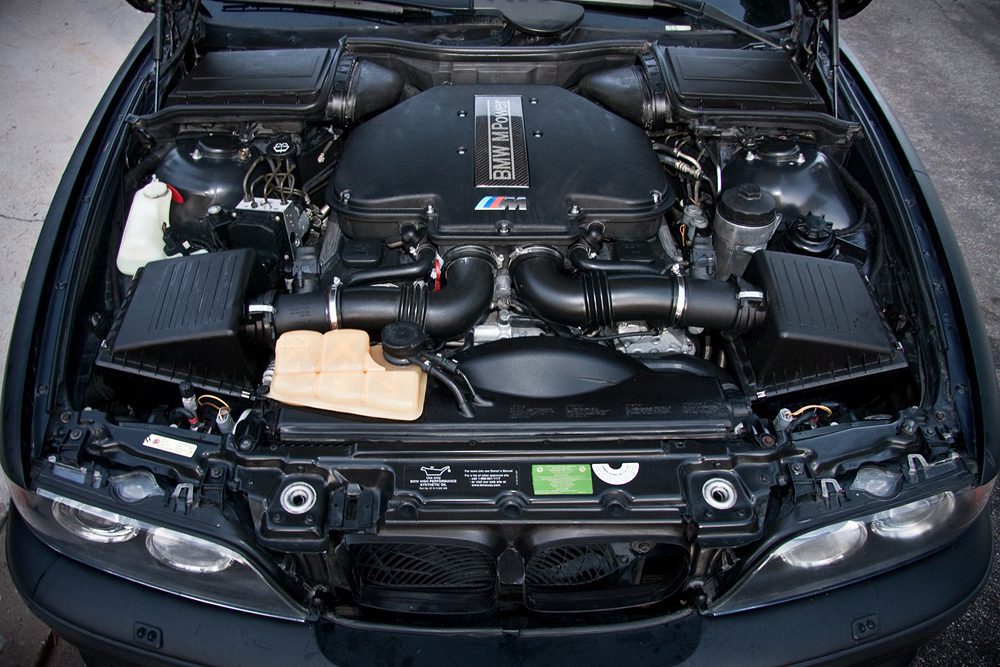Checking Out the Inner Functions of a Compact Car's Engine System
As chauffeurs, we commonly take for provided the detailed procedures that occur within the confines of our lorry's engine system. In this expedition of a compact automobile's engine system, we will decipher the inner operations of this mechanical symphony, dropping light on the enigmas that drive us onward on our everyday journeys.
Burning Process Overview
The burning process in a portable automobile's engine system is a vital system that successfully converts fuel into energy to power the lorry. This procedure takes place within the burning chamber of the engine, where fuel and air mix, ignite, and create regulated explosions. The burning procedure is composed of 4 main phases: intake, power, compression, and exhaust.
Throughout the intake stage, the piston moves downward, drawing in a blend of air and gas into the burning chamber. The following stage, compression, involves the piston relocating upward, pressing the air-fuel combination to boost its strength. Subsequently, in the power stage, the ignition system ignites the pressed combination, causing a quick development of gases that requires the piston back down. This down activity produces the power required to drive the vehicle. Lastly, in the exhaust phase, the burnt gases are gotten rid of from the burning chamber through the exhaust valve, preparing the chamber for the following cycle. This cyclic combustion procedure is fundamental to the operation of a small car's engine system, guaranteeing reliable power conversion for propulsion.
Piston and Cylinder Communication

The piston's exact fit within the cylinder is necessary for keeping optimum compression and stopping energy loss during burning. Tight clearances in between the piston and cylinder walls ensure efficient securing, enabling the piston to move smoothly without enabling gases to leakage past. Proper lubrication is also crucial to reduce friction and put on between these elements, enhancing longevity and efficiency.
Moreover, the style and products utilized in manufacturing the piston and cyndrical tube effect engine performance and longevity. Modern engines commonly employ light-weight yet resilient materials like light weight aluminum alloys for pistons and cylinder liners to reduce inertia and boost thermal efficiency. Generally, the unified interaction between the piston and cyndrical tube is essential to the engine's performance and overall performance.
Fuel Injection System Functionality
Gas injection systems in small car engines play a crucial role in exactly supplying fuel to the combustion chamber for regulated and effective ignition. The gas shot system works by infusing gas into the burning chamber at the optimum minute during the engine's procedure (opel corsa engine). This precise timing makes certain that the fuel mixes evenly with the air for correct burning, resulting in boosted gas effectiveness and reduced exhausts
There are primarily 2 kinds of gas shot systems used in small vehicle engines: port gas injection (PFI) and direct fuel injection (DFI) PFI systems inject gas right into Our site the intake port prior to the intake shutoff, while DFI systems infuse fuel directly right into the burning chamber. Both systems have their benefits, with DFI using far better gas atomization and PFI offering a much more economical service.
Comprehending Engine Cooling Devices
Efficient operation of a portable car's engine counts heavily on the performance of its cooling mechanisms. The cooling system in a compact automobile usually consists of several components functioning together to control the engine temperature level. Recognizing these engine air conditioning systems is vital for maintaining the efficiency and durability of a compact vehicle's engine system.

Exhaust System Elements Explained
The ideal performance of a portable automobile's engine air conditioning systems depends on a complementary system referred to as the exhaust system, which makes up numerous vital components for ensuring reliable emissions and engine efficiency. The exhaust system includes components such as the exhaust manifold, catalytic converter, muffler, and tailpipe. The exhaust manifold collects exhaust gases from the engine's cyndrical tubes and paths them to the catalytic converter. The catalytic converter then transforms damaging toxins in the exhaust right into much less dangerous emissions before releasing them through the muffler and tailpipe.
One crucial element of the exhaust system is the oxygen sensing unit, which keeps an eye on the oxygen levels in the exhaust gases to help regulate gas intake and make certain ideal engine performance. opel corsa engine. In addition, the resonator may exist in some exhaust systems to Bonuses reduce noise levels. Overall, the exhaust system plays a crucial role in keeping engine effectiveness, minimizing unsafe discharges, and ensuring a quieter driving experience for compact automobile proprietors

Conclusion
In verdict, the portable automobile's engine system is a complex combination of components that collaborate to promote the burning procedure, convert gas right into energy, and get rid of waste gases. Recognizing the internal functions of the engine system, consisting of the piston and cyndrical tube interaction, gas injection system, engine cooling mechanisms, and exhaust system components, is vital for maintaining optimum performance and efficiency of the you can look here vehicle.
The combustion procedure in a compact vehicle's engine system is a crucial system that effectively transforms gas into power to power the car.Gas shot systems in small vehicle engines play an important duty in exactly delivering gas to the burning chamber for efficient and regulated ignition.There are mostly two types of fuel shot systems used in compact car engines: port fuel shot (PFI) and direct gas injection (DFI) Understanding these engine cooling devices is important for maintaining the performance and longevity of a small automobile's engine system.
The optimal functioning of a portable automobile's engine cooling mechanisms depends on a complementary system understood as the exhaust system, which makes up various essential components for making sure reliable emissions and engine efficiency.
 Daniel Stern Then & Now!
Daniel Stern Then & Now! Ashley Johnson Then & Now!
Ashley Johnson Then & Now! Talia Balsam Then & Now!
Talia Balsam Then & Now! Michelle Trachtenberg Then & Now!
Michelle Trachtenberg Then & Now! Elisabeth Shue Then & Now!
Elisabeth Shue Then & Now!